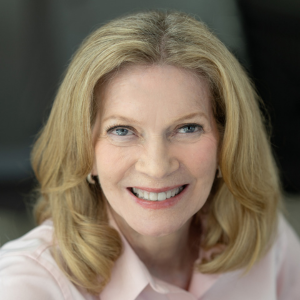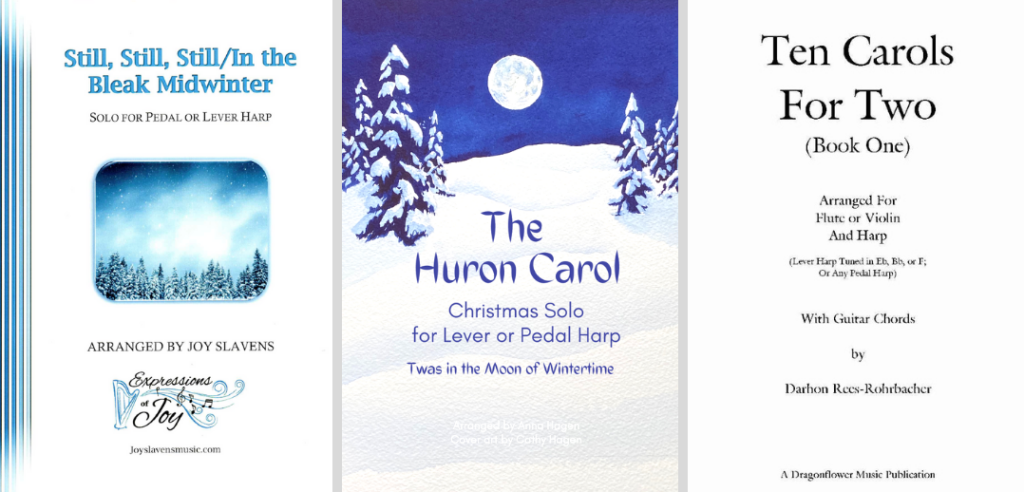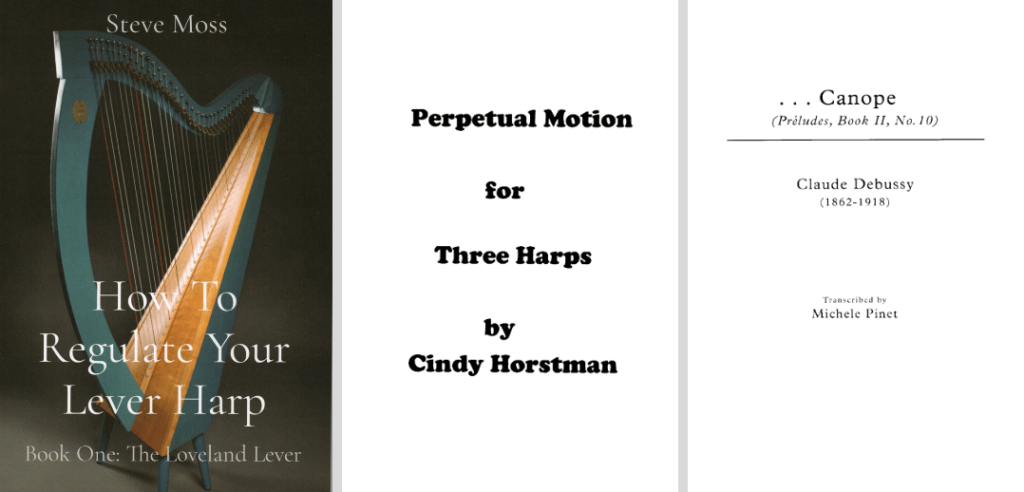There are several recent releases by living, contemporary composers for pedal harp.
Austrian harpist Monika Stadler has a new book of original tunes, published by Doblinger. Touching Moments is a collection of 13 compositions—14 if you count “Tomorrow” twice as it is presented in both a long and short version—for the intermediate to advanced pedal harpist. Most of the music can also be played on single action harp.
Pedal markings are notated in the middle of the staff and some fingering is suggested. There is a glossary of most of the terms and special effects in the foreword. All of the pieces can be downloaded from her website (harp.at) if you want to hear them first.
If you don’t play jazz or don’t think you can play jazz, Stadler’s music is a good way to immerse yourself in some of the rudiments of the idiom…
One piece, “Tribute to Pat Metheny,” is only one page, but you would want to play it twice even if there weren’t a repeat at the end. “Sternenfrau (Star Woman),” “Happy Little Cat,” and the title piece are just two pages, but Stadler packs them with interesting effects. Among those she uses throughout the book are pedal slides, pedal kicks, xylo effect, harmonics, prés de la table, bas dans les cordes, muffling, bisbigliandi, some note bending, and even sliding up and down on the wire strings (whistling effect).
If you don’t play jazz or don’t think you can play jazz, Stadler’s music is a good way to immerse yourself in some of the rudiments of the idiom, especially with tunes like “Lighten Up!” or “Walking.” They’ll get you feelin’ the groove and all you have to do is read it and play it—no improvisation necessary! Others, like “Golden Autumn” or “Sunset across the Bay,” are more calm and contemplative.
This is an appealing collection that will make a lovely addition to gig repertoire and surely garner some compliments from the audience.
Adolphus Hailstork is an American composer and professor of music and eminent scholar at Old Dominion University in Norfolk, Virginia. He has written works for orchestra, chorus and orchestra, wind ensembles, operas, chamber ensembles, and various solo instruments. His only composition for solo harp so far is “Four Preludes,” published by Theodore Presser Company.
This is a cohesive collection—four distinct pieces with similar characteristics that unite them into one family. Hailstork uses triplets, changing meters, harmonics, and some quick half-steps requiring fast pedal changes. Other stylistic similarities include the right and left hand playing in unison and somewhat mysterious-sounding harmonies. As the music reaches its peak, we are treated to some rolled chords. The publisher states “much of the texture is spare and reminiscent of two-part invention, saving the more chordal textures for striking climaxes.” It’s an apt description.
Most pedal changes are included below the staff, although several were omitted in the first, second, and fourth preludes. The third prelude is probably the easiest and the fourth is the most difficult. It is dominated by octaves, primarily in the left hand.
You could play these preludes as individual pieces or as a set. This music is accessible to players at an intermediate level. If you like a contemporary sound, you will probably enjoy these preludes.
Another prolific American composer is Dan Locklair, professor of music and composer-in-residence at Wake Forest University in Winston-Salem, North Carolina. His compositions include symphonic works, an opera, a ballet, numerous vocal, solo, chamber, and choral compositions, and, fortunately for harpists, a beautiful Sonata for Flute & Harp. It was commissioned in 2018 by the North Carolina Harp Ensemble for Jacquelyn Bartlett and Debra Reuter-Pivetta to celebrate the 2019 AHS Summer Institute. It is dedicated to this duo and published by Subito Music. You can hear an excellent recording of the work by this duo on YouTube.
The three movements take approximately 12 minutes to play. The first is a “Dance” in three sections. The harp sets the spirited pace by jumping up three octaves and playing short scale glisses that add to the feeling of movement. The “Dance” is based on a tonal pentatonic scale. After the energetic start, the middle section slows to a more relaxed tempo. It slowly gains momentum and returns to the original vigorous pace. The time signature alternates between 6/8 and 5/8.
The second movement, “Aria,” is gorgeous. The composer describes it as “the heart and soul” of the Sonata, and it consists of two related arias. In the first part, the harp supports the flute with a broken octave pattern. In the second section, the interplay of the instruments is especially charming as the harp echoes the melody played by the flute. The time signature varies between 3/2 and 2/2. The movement ends with delicate harmonics on harp.
The final movement, “Jubilee,” shifts to Mixolydian mode. There are frequent meter changes. The harp is busy with sixteenth notes, often down in the bass clef requiring very clean playing, and it propels the music forward to the double-gliss finale.
There is no fingering. Pedal markings are included below the staff. There aren’t many changes, but the markings are a little unusual because they include both the before and after positions of the pedal separated by a small arrow, (G# 4 Gb). The flute part is included on the harp score and there is a separate flute part. It is suitable for the upper intermediate to advanced pedal harpist.
The composer notes that, while overlooking the difference in the origin of “Jubal” and “Jubilee,” Jubal—the father of all who play the flute and harp—is nevertheless celebrated in this Sonata. No argument there! •











